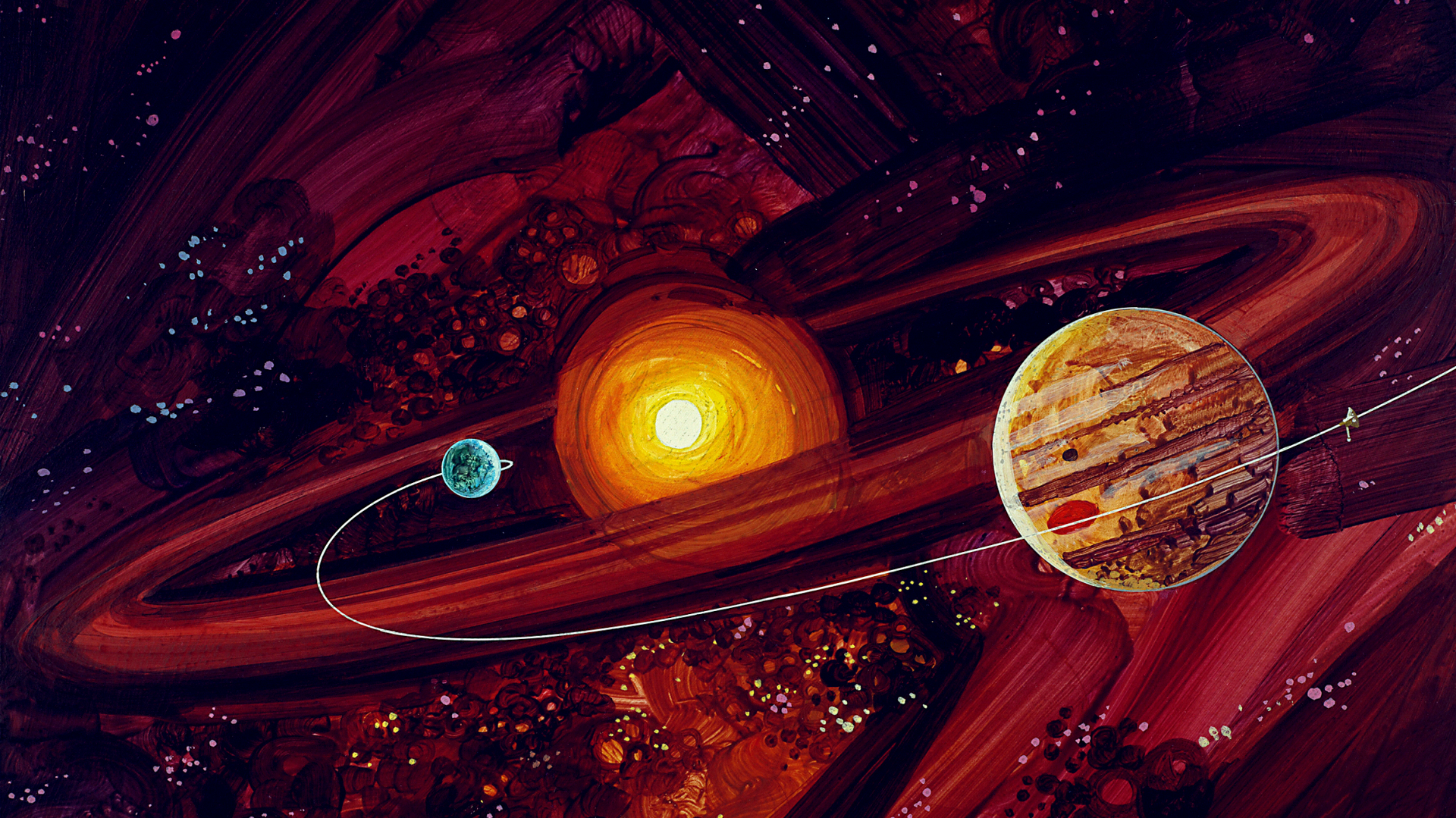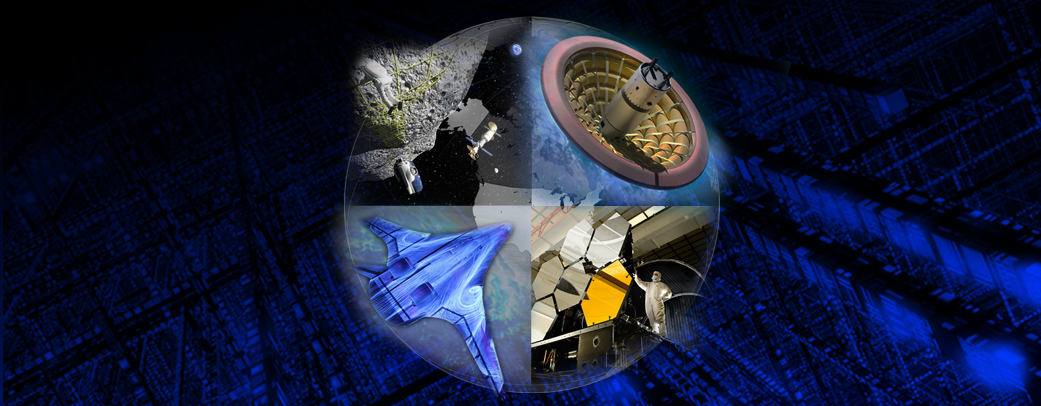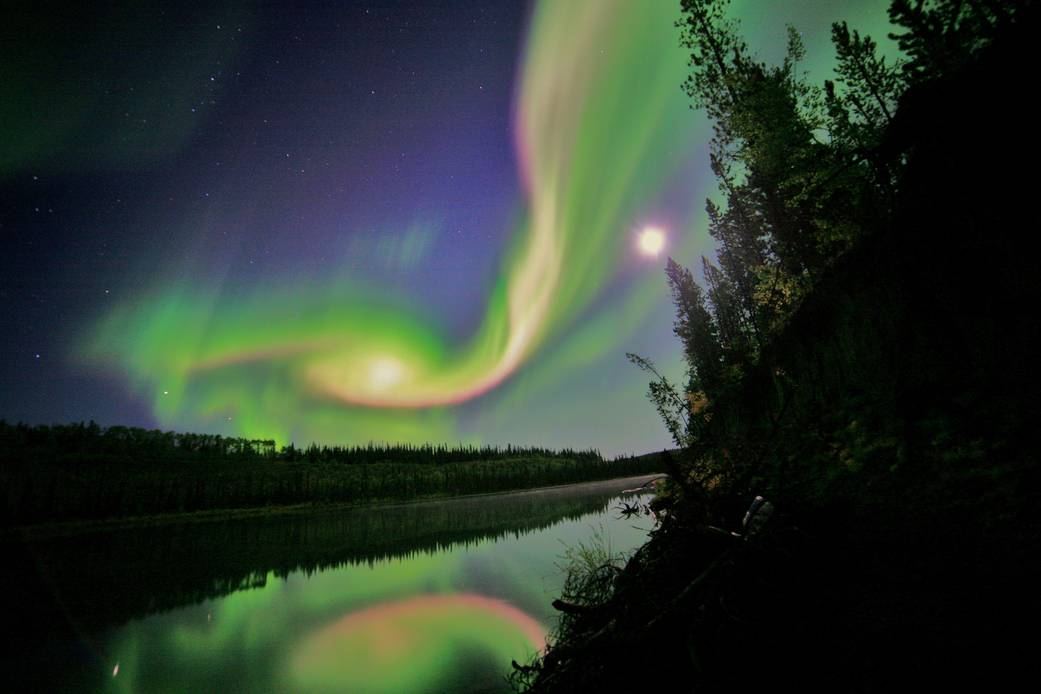Madhulika Guhathakurta: Interplanetary Space Weather: The Next Frontier
Since the beginning of time, humans have looked up at the night sky and pondered the existence of countless stars and the vastness of space. In our own neighborhood we have a front row access to one of these stellar furnaces; our Sun is both the provider of energy for life on Earth, and the distributer of harmful radiation. Dr. Madhulika Guhathakurta’s seminar detailed implications of living with a star, the need forecasting, and its impact on human space exploration.
Abstract:
As human activity expands into the solar system, the need for accurate space weather and space climate forecasting is expanding, too. Space probes are now orbiting or en route for flybys of Mercury, Venus, Earth and the Moon, Mars, Vesta, Ceres, Saturn, and Pluto. Agencies around the world are preparing to send robotic spacecraft into interplanetary space. Each of these missions has a unique need to know when a solar storm will pass through its corner of space or how the subsequent solar cycle will behave. Ultimately, astronauts will follow, traveling beyond Earth orbit, and their need for interplanetary space weather and climate forecasting will be even more compelling.
ISW forecasting began in 2006 with the launch of the twin STEREO probes followed by the Solar Dynamics Observatory in 2010. No matter which way a solar storm travels, the STEREO-SOHO-SDO fleet can track it. SDO and Kepler are giving us a better view of sun-like stars and their cyclic behavior, while MAVEN and JUNO are investigating interaction of solar radiation and solar wind with Mar’s upper atmosphere and Jupiter’s intense auroras, a branch of heliophysics called “comparative heliophysics”.
ISW and climate forecasting is interdisciplinary. Progress requires expertise in plasma physics, solar physics, weather forecasting, planetary atmospheres, and more. In the past, NASA has assembled such teams under the umbrella of virtual institutes, where widely dispersed researchers confer from a distance using the internet and other forms of tele-collaboration. ISW might call for a similar approach. One thing is sure: The Sun is not waiting and the stakes are as big as the solar system itself.
Biography:
Madhulika (Lika) Guhathakurta is the Lead Program Scientist for the Living With a Star Program at the NASA headquarters in Washington, DC. LWS focuses on understanding and ultimately predicting solar variability and its diverse effects on Earth, human technology and astronauts in space. The systems science behind this new kind of weather outside of Earth’s terrestrial atmosphere is known as “Space Weather”. Dr. Guhathakurta also leads an international initiative known as the International Living With a Star that brings together all the space agencies of the world to contribute towards the scientific goal for understanding Space Weather. In addition, she manages a theory, modeling and data analysis program to integrate scientific output, data, and models to generate a comprehensive, systems understanding of Sun-Heliosphere-Planets coupling, the new discipline of heliophysics. Dr. Guhathakurta is a member of the National Space Weather Program and NASA lead on the SWx working group in UNCOPUOS. She has been a Co-Investigator on five Spartan 201 missions aboard space shuttles (STS-56, STS-64, STS-69, STS-87, STS-95) to study the solar corona in white-light and UV radiation and has authored over 70 publications. Education and outreach is another strong passion of Dr. Guhathakurta. To that effect she has helped create graduate level textbooks in heliophysics. She has partnered with the American Museum of Natural History in New York to produce two popular full dome planetarium shows that are being exhibited internationally and used by teachers to excite the next generation of space scientists. She is presently on detail to NASA Ames Research Center till January 2016.
































